Blog #2: Traditional African Fashion
- graceww37
- Oct 14, 2016
- 5 min read

Africa is known for their diverse of styles and color. Many jewelries embellish the outfits and even on their faces. Many patterns are also used to create a warm but fashionable feeling.
Nigeria
Nigeria is Africa's most populous country. Many tribes and ethic groups have their own style and in many areas, especially the south, people prefer to wear western outfits. Traditional outfits are worn regularly in many other places. Besides those, traditional outfits are to be worn for festivals or weddings.
Nigerians take pride in their traditional wear. Clothing is a big part of ceremonies, even in daily life. Some are worn to work and some are worn daily.
Many Nigerian women wear dresses that includes "Buba" (loose blouse that reaches below the waist), "Kaba" (single-piece dress), "Iro" (rectangular piece of cloth wrapped around the waist), "Gele" (headgear: rectangular piece of cloth tied in different ways), and "Ilborun" or "Ipele" (a scarf for the neck or put diaginally across the body).
Many Nigerian men wear outfits that includes "Buba" (loose shirt to halfway down the thighs), "Fila" (traditional cap), "Sokoto" (pants or trousers), "Abeti-aja" (cap with longer sides), and "Agbada" (festive clothing comprising buba and sokoto).
Egypt
Egypt is known for high heat which means that many of their garments are loose fitting and light weight. Modesty is very important to Egyptians so many of the women wear outfits that cover all parts of their body. 90% of Egyptians are also Muslims. They would either wear a "Hijab" (a covering for neck or head) or "Niquab" (a covering for face and head) however it is not uncommon to see women without a head covering.

For Egyptian men, there are no religious restrictions for them. Devout Muslims and men of lower social class wears a "Galabiya" (loose fitting ankle-length robe) with a turban skullcap or fez. More religious men wears "Kaftan" (ankle-length coat with large sleeves, belted around the waist) worn over the galabiya. However most men nowadays wear western clothes that includes business suits at work or trousers and short sleeves for daily wear.
Kenya
Kenya has no specific national dress but many outfits are acknowledged as the traditional dress of Kenya.
Many women would wear a skirt and a blouse along with a "Khanga" (wrap cloth around the body). Many are printed with beautiful sayings in Swahili or English and is largely worm by women around the torso and waist. There are also many traditional clothes for Kenyan tribes. "Kitenge" is a popular dress made from a cotton fabric with various colors and designed through tie-dye and heavy embroidery. Kitenge is not declared as a traditional dress but is commonly worn for ceremonies.
Each tribe has kept alive the traditional clothes and the "Masaiare dress" is truly the traditional dress of Kenya. The most well known tribe is the Masai tribe and many women can be seen wearing vast plate-like bead necklaces and the colorful "Kanga". The men are known for wearing a red-checked "Shuka" (Masai blanket) and carries a ball-ended club. The color red is actually a symbol of bravery and chivalry for the people of Masai. Sandals are also worn soled with pieces of motorcycle tires. The men also traditionally dyes their hair red with ochre and fat for a warrior look.
Morocco
Morocco is a tourist friendly country with no particular rules and regulations about clothing. But the Moroccans have kept the traditional dresses alive throughout the years. They are stylish and a smart nation that prefers to dress up with fashionable/impressive clothing.
Men and women wear a "Djellaba" (a long, loose, hooded garment with full sleeves). Women would wear a "Kaftan" which is like a djellaba but without a hood. The dress is decorated on the dress openings and arms. Kaftan is usually worn on festive and wedding ceremonies. Moroccan village women would wear a traditional cloak made from delicate fabric and mostly in white called "Haik". "Gandora" is also used which has heavy and fancy stitching and adornments. The favorites are bright colored silks and other dainty fabrics. Higher class women use a belt which has golden embroidery and exquisite decorations on the edges.
Men would wear a traditional red cap that they normally use in special occasions called "Abernousse". Often reffered to as "fez". Both men and women use "Balgha" (Moroccan slippers without heels that are often dyed with yellow. Traditional loose fitting outfits are commonly worn by the folk artists while modern Moroccan population is influenced with the western style.
South Africa
South Africa has the most vibrant and magnifying colored clothing then any other countries around. African blocked-patterned fabrics that are wrapped around the body in a way so artistic, are the most common way the tribe's people wear their clothes even today. It's hard to keep the custom of wearing traditional outfits alive but on special occasions, the locals feel very proud to be able to wear their respective clothing.
South African women wears woven skirts, blankets, aprons and cloaks decorated with motifs. They also wear exotic jewelry with stunning metal materials like copper, grasses, and beads. They didn't have to hide their chest among themselves but with the encounters of European missionaries, the breast were then covered. They traditionally covered their breasts by a wrap that is tucked under the arms and tied at the back or around the neck.
The most formal and ceremonial attire consists of embellished leaves and other green plants. Women loved to wear ornaments that are made from grass including rings, wristbands, anklets, and bracelets.
The men would usually accessorize with military coats, brightly colored kerchiefs, pagoda hats, waistcoats and jackets. They would also wear a "Madiba" shirt, which is a batik silk shirt that's usually in a bright a colorful print. This Madiba shirt was designed by Desré Buirski and first worn in May 1994.
Progress: By searching up the different types of outfits worn by people in Africa, it shows how similar they all are. But unique in every way. The men and women had very similar clothing in some countries, but the girls before puberty had their own dress code they had to follow. I didn't put much information or pictures because it may have not been appropriate for this project but many boys are girls outfits were different then when they hit puberty. Africa was way different than the Asian countries especially they had less layers but still very colorful.
Reflection: African clothing is super colorful and also their necklaces are very unique. The countries have similar outfits but some changes here and there. They all have a different vibe to each style though. It was very cool to see how little they can wear but still be so stylish. They also use animals to add to their clothes which is something most countries wouldn't do which is also very unique.



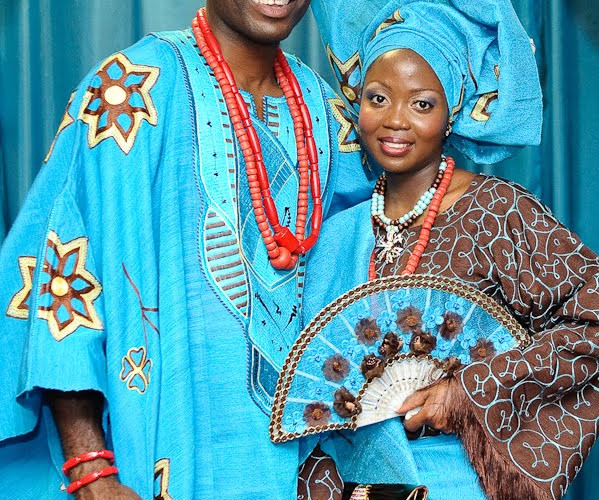



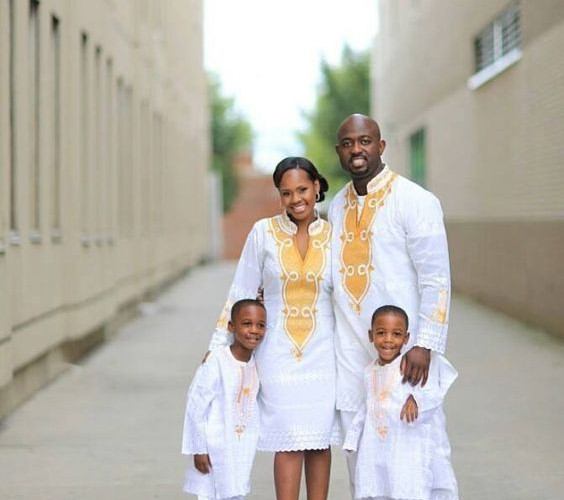

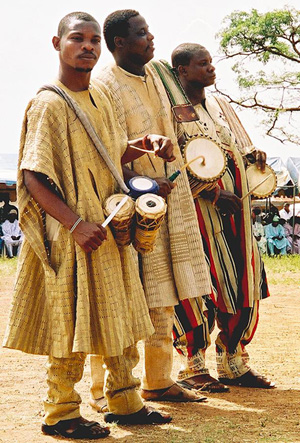

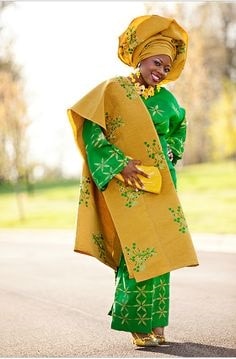






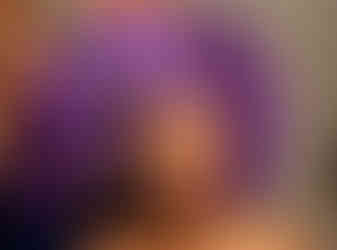








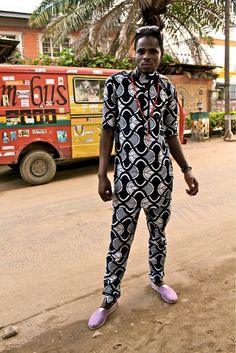







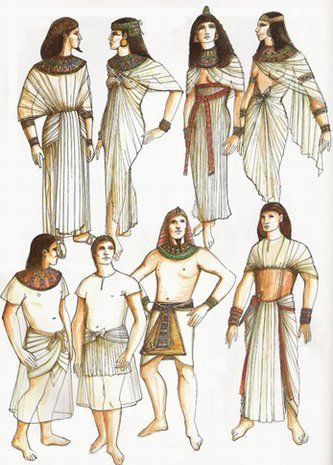

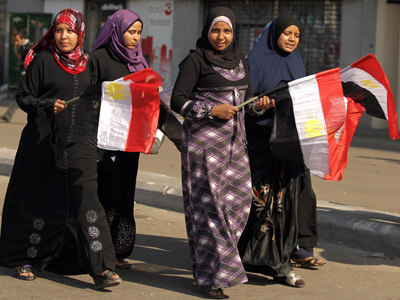

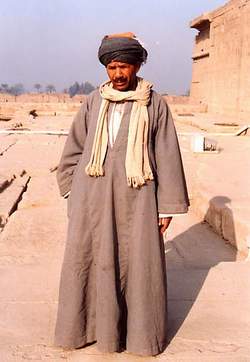

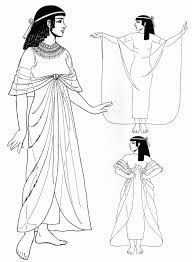

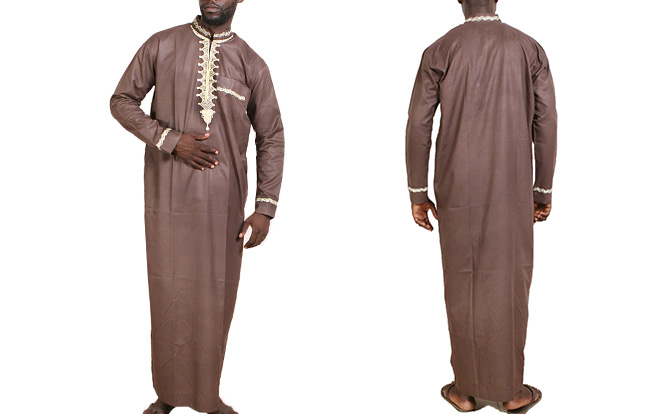


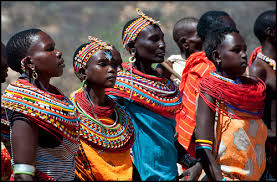

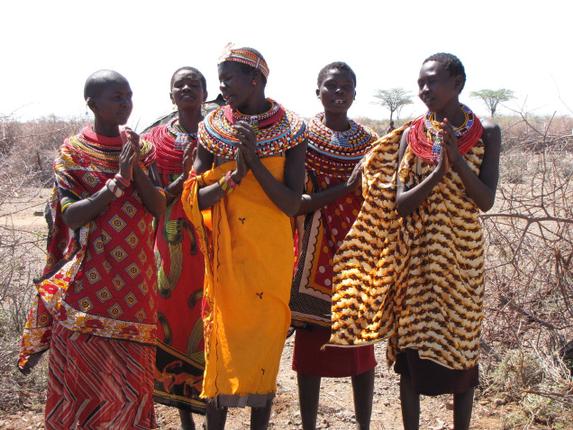

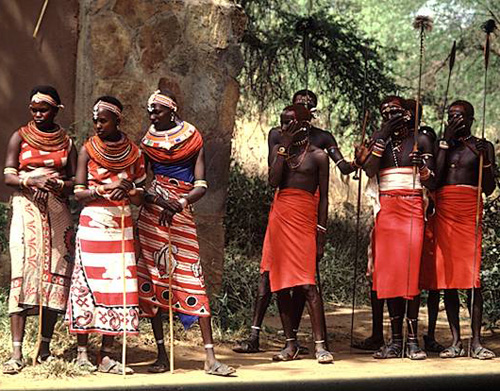

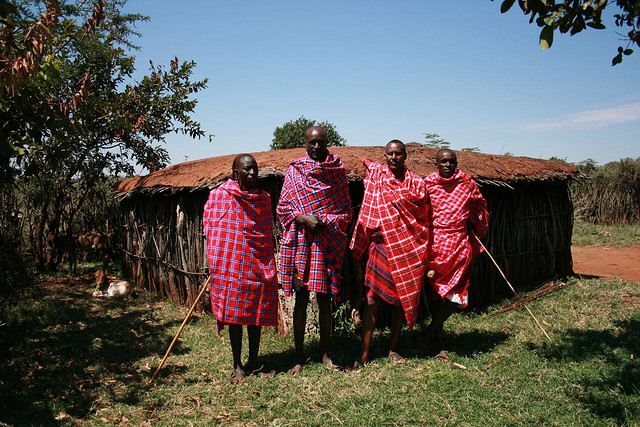

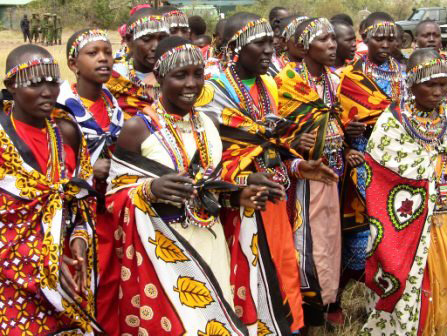

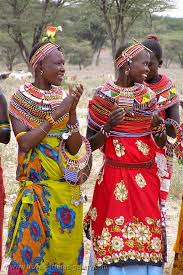













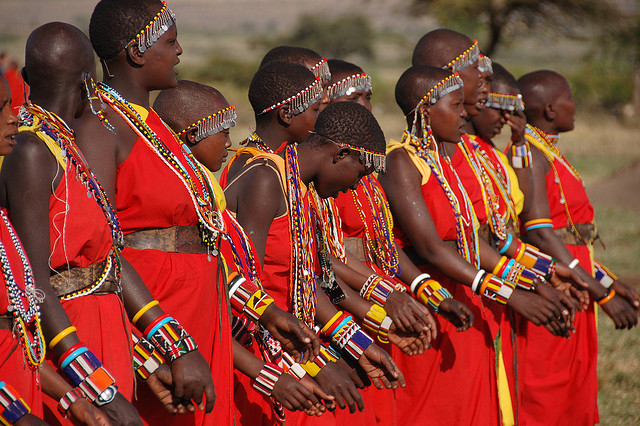

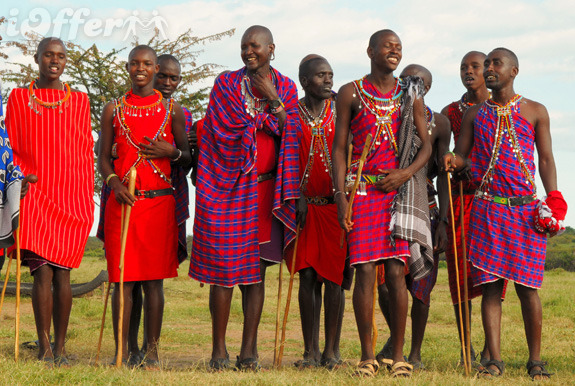

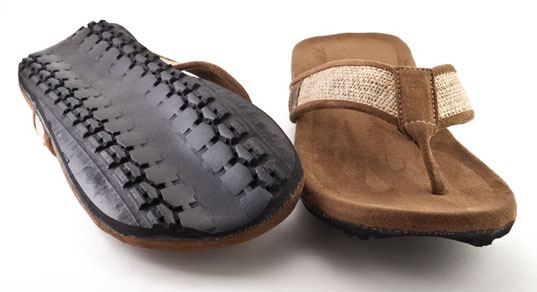



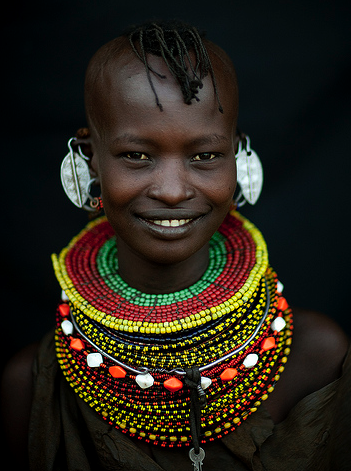

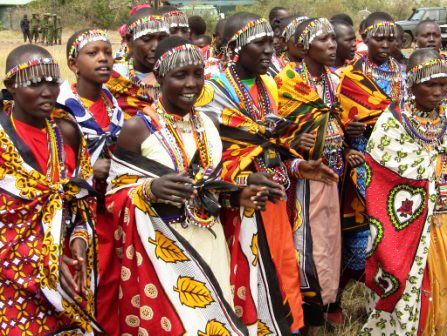





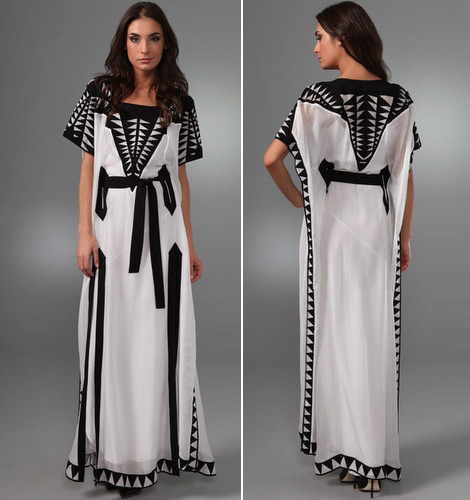

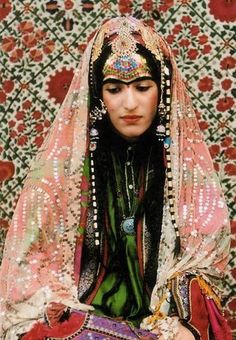







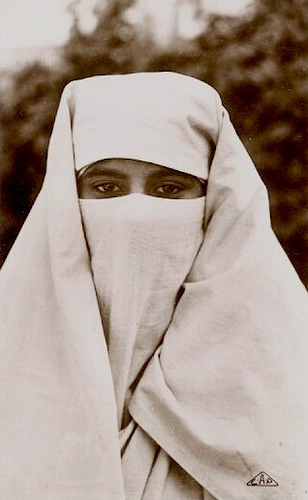





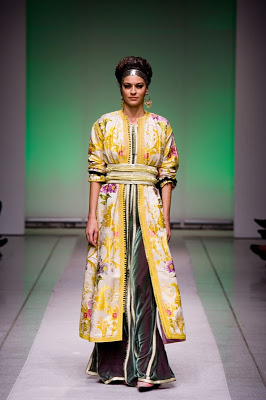







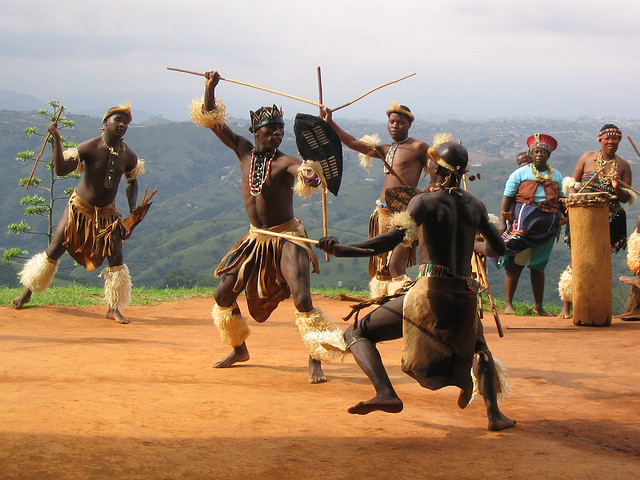

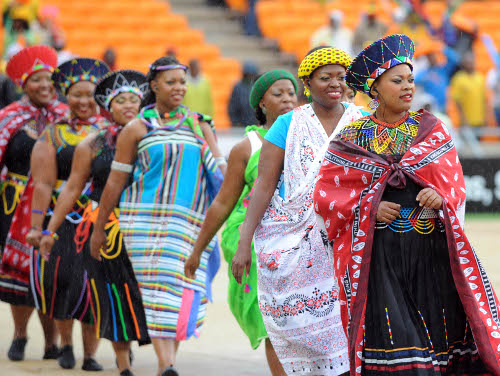

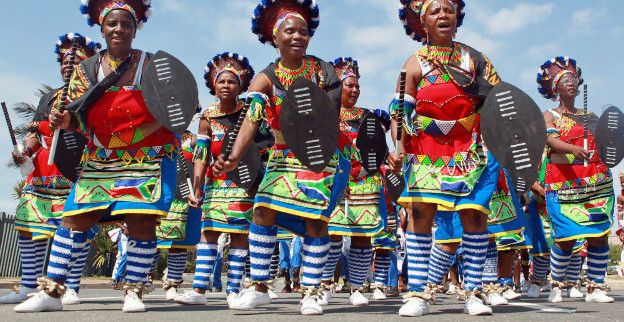









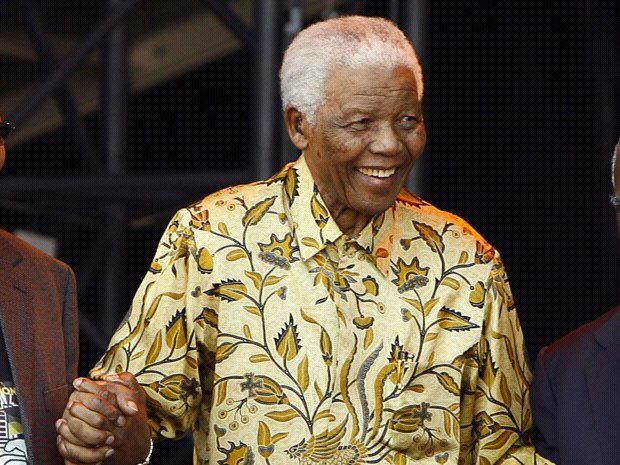









Comments